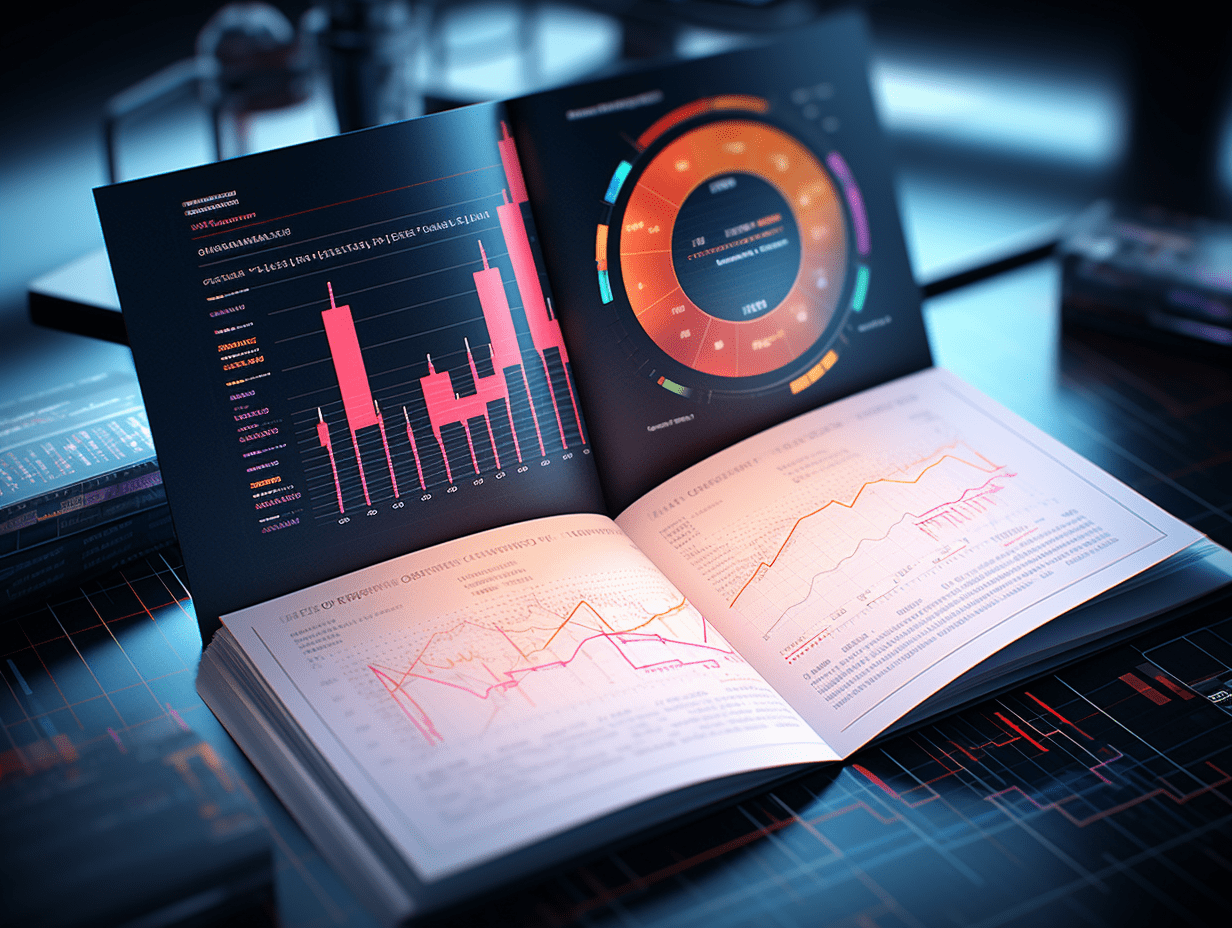
Cui Dongshu: In December 2024, domestic sales of lithium batteries reached 75.4Wh, a year-on-year increase of 57%.
Recently, Cui Dongshu analyzed the new energy vehicle lithium battery market in December 2024. In December 2024, domestic sales of lithium batteries reached 75.4Wh, a year-on-year increase of 57%; ternary batteries decreased by 14% compared to the same period, accounting for 19%, lower than the same period; while lithium iron phosphate batteries increased by 95% year-on-year, accounting for 81%, the growth of ternary batteries slowed down. From January to December, lithium battery sales reached 548G, a year-on-year increase of 41%.
According to the qualified certificate battery measurement, the production volume of qualified certificate products for new energy vehicles in December 2024 was 1.54 million units, a year-on-year increase of 52%. From January to December, it reached 11.68 million units, a strong year-on-year increase of 42%, including 6.35 million pure electric vehicles, a year-on-year increase of 21%; 4.71 million plug-in hybrid vehicles, a year-on-year increase of 85%; and 540,000 pure electric special vehicles, a year-on-year increase of 45%, which is still a good production data.
In the past two years, the new energy vehicle and energy storage industries have been highly prosperous, leading to a rapid increase in demand for batteries. The installation rate of batteries for new energy vehicles has decreased. Due to the slowdown in the growth of the export electric vehicle market, the demand for battery installations for electric vehicles is growing slower than the total domestic vehicle volume. Due to the high prices of nickel and cobalt, there is differentiated growth between ternary lithium batteries and lithium iron phosphate batteries. With the growth of long-range products, ternary batteries still have a market, and the price reduction is driving an increase in the proportion of lithium iron phosphate batteries. Due to the impact of adjustments to the tax exemption policy for improving the range of electric vehicles in the first half of this year, low-end micro electric vehicles have shrunk, and the trend of pure electric vehicles has weakened, while range-extending and plug-in hybrid vehicles continue to strengthen. However, the policies on scrapping and replacing outdated passenger cars in July and September have been significantly favorable for micro electric vehicles, resulting in strong growth in pure electric vehicles from September to December, and a significant increase in the proportion of batteries per kilogram in the range of 125-140 watt-hours.
1. Proportion of battery installations for power batteries
The proportion of installed batteries in current power battery production has been decreasing. In 2021, 70% o...The trend of battery or vehicle manufacturers coming together to jointly produce batteries is becoming increasingly obvious, and battery companies will gradually form the core supporting products of vehicles.Currently, there is a strong demand for high-end electric vehicles in the market, but the demand for small and micro cars and low-end family transportation is also large. Especially with the impact of the epidemic, there is a high demand for economical electric vehicles. However, in the second quarter of this year, the lack of tax exemption for short-range electric vehicles has led to a clear trend of high-endization. Recently, with policies such as old-for-new trade-ins, micro electric vehicles have been in high demand.
In terms of the supply chain issue, in the future, complete vehicle enterprises will become increasingly powerful, and their control over battery companies and the upstream industry chain will be further strengthened, while their control over brand marketing capabilities downstream will also be enhanced. Under the new energy system, the characteristic of "complete vehicles are king" will be further reflected.
6. The need for high energy density batteries to decrease
Currently, the main energy density range of pure electric vehicle batteries is between 125 and 160. Particularly in the fourth quarter of 2024, the proportion of batteries with energy density between 125 and 140 reached 56%, an increase of 14 percentage points compared to the previous year.
In 2024, from January to December, the proportion of models with energy density above 160 was 13%, a significant decrease from 18% in 2023, mainly due to the decrease in energy density brought by the substitution of iron phosphate lithium batteries with ternary ones. The proportion of products with energy density below 125 decreased from 9% in 2023 to the current 6% in 2024, but increased to 7% in the fourth quarter.
7. Battery enterprise landscape
There is a trend of slowing down the concentration of top battery companies, with the top two companies accounting for 72% in 2022 and still maintaining a 70% proportion this year, leaving about 30% for other companies.
There is a clear differentiation advantage in products of iron phosphate lithium batteries. BYD Company Limited is relatively outstanding, but was in an adjustment period at the beginning of this year, followed by a price reduction to bring about an increase. Eve Energy Co.,Ltd. and CALB have shown strong performance. Sunwoda Electronic, REPT BATTERO, and JL New Energy have shown improvement.
Due to the comprehensive transformation of BYD Company Limited to iron phosphate lithium batteries, the advantages of ternary batteries of Contemporary Amperex Technology and the top three companies have become more obvious. Recently, Hengchi Energy and Gotion High-tech have performed well. LG New Energy seems to be performing well due to the increase in internal sales to Tesla, but not in general.
The US government has allocated $590 million to Moderna (MRNA.US) for the development of avian flu vaccines.
New stock news | Eight Horse Tea Industry submits application to Hong Kong Stock Exchange. The company's products cover a wide range of tea types, tea utensils, tea snacks, and tea beverages.
RECOMMEND
©️2013 - 2025 GMT EIGHT Holdings. All Rights Reserved.
Contact: contact@gmteight.com


